Wind Engineering
From the beginning of the 90’s, the classical gust factor technique was generalized to the crosswind and torsional components; furthermore, new research interests were the dynamic and aeroelastic response of slender structures and slender elements, bifurcation and instability conditions, the propagation of uncertainties and structural safety.
Two priority objectives for the future years are the study of the safety of infrastructures and communication networks and the development of laboratories for tests on models.
Lines of Research
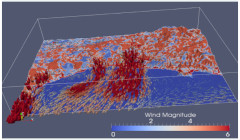
Atmospheric physics, meteorology, climatology
The Windyn group has been working on atmospheric physics, meteorology and climatology with special regard for the wind and its measurement.
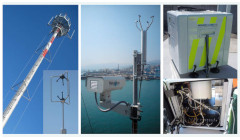
Wind measurement, modelling and simulation
An extensive wind monitoring network has been realised in the High Tyrrhenian Sea area that is made up of 40 ultra-sonic anemometers and 4 LiDAR scanners.
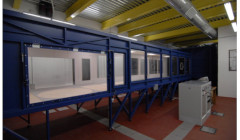
Bluff-body aerodynamics
The WinDyn research group deals with bluff-body aerodynamics through an interdisciplinary approach that involves computational and experimental studies.
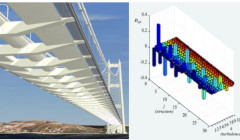
Wind-excited and aeroelastic response
The WindDyn Research Group has been developing analytical, numerical and experimental methods to determine the wind-excited and aeroelastic response of structures for nearly 40 years.
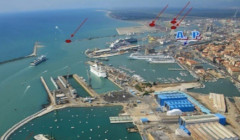
Wind effects on infrastructures
The Windyn Research Group has carried out an impressive number of studies on the wind effects on infrastructrues including bridges, seaport areas, railway lines, airports and so on.
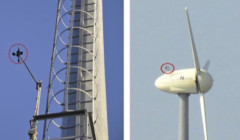
Wind energy
The Windyn Research Group has a longstanding experience in the wind energy field, especially on the project management of large-size wind farms, energy yield assessment evaluation and wind power integration.
